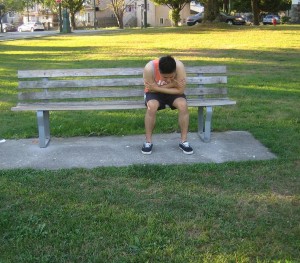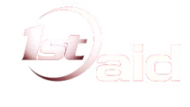Hypoglycemia is the term used to refer to low blood sugar in the circulating blood vessels of a person. This is can be a medical emergency as it can cause significant harm and even death to patients. Glucose is an important factor for the functionality of each and every organ of the body. For example, the brain needs adequate supply of glucose to function. In hypoglycemia, the blood does not have enough glucose to support the cellular function of the brain which causes neuroglycopenia. The normal value of blood sugar is 80 to 100 mg/dl but may vary and is relative depending upon the underlying conduction of each patient (e.g. normal values may be different especially among critically ill patients). A normal person may feel symptoms if he / her has approximately 70 mg/dl of blood sugar present in his / her blood vessels.
Symptoms of hypoglycemia
The early symptoms of hypoglycemia include headaches, confusion, lightheadedness, chills, hunger, restlessness, irritability, palpitations, pale skin, trembling, weakness and anxiety. Without treatment or necessary intervention, hypoglycemia may develop to symptoms such as headache, feeling irritable, poor coordination and concentration, numbness in the mouth and tongue, passing out, nightmares and coma. Persons having hypoglycemia attacks may not be able to act for themselves and may have trouble communicating or speaking.
What to do immediately

Hypoglycemia may occur in persons who were not able to eat or what they eat is not in proportion of their level of activity. It may also occur in persons who mismanaged their insulin use (which usually occurs in persons with diabetes mellitus). One should know whether or not a person’s hypoglycemia is related to diabetes. If you know that decreased blood sugar is not related to diabetes, you must call emergency team as soon as possible and assess whether the person needs a first aid treatment or a CPR.
It is important to recognize the symptoms as early as possible to prevent complications. The solution to low blood sugar is to eat foods or drink beverages rich in sugar. Never offer foods that are combined with sugar and protein or sugar and fats as the other content prevent sugar from being absorbed readily. The recommended treatment is to offer the person ½ cup fruit juice or soda, 5 hard candies and 3 glucose tablets. After taking in these foods, the person may follow more substantial foods such as sandwiches or any food that offers protein, fats and complex carbohydrates. If the person is unconscious, it is still best to contact emergency medical responders.
Reference:
Patient.co.uk. Emergency Management of Hypoglycemia. Retrieved on June 14, 2014 from http://www.patient.co.uk/doctor/emergency-management-of-hypoglycaemia
